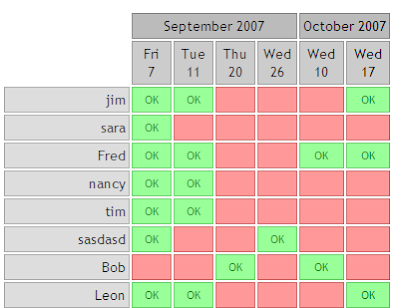ProQuest Newstand Complete is a database of over 500 local, national and international newspapers, 350 of which have full-text. Content is continually being added, including some obituaries and letters to the editor. The Star-Tribune is included, but not the Pioneer Press or the Duluth News-Tribune.
New features of ProQuest Newstand Complete include: smart search, search alerts, citation options, saving a search as a web page, and permalinks. Smart search is accessed under the “topics tab”. If your patron is finding it hard to get the right subject, smart search will suggest topics, compare search terms to index terms, and suggest options for narrowing the search such as additional terms, date, or publication. The patron may have to click on “next” or “view all” to see all the topic suggestions.
The “My Research” folder lets you save search results in order to manipulate them in different ways. This folder only lasts for the duration of the session, unlike MyEBSCOHost in EBSCO MasterFILE Premier, however registration is not required. Clicking in the “mark” box will automatically save records to the folder, no additional “save marked records” step is needed. Search results can be emailed, printed, or saved as a web page. The web page can be saved to a floppy or flash drive on a public terminal. A bibliography can be created which can be emailed, printed, saved, or exported to citation software such as RefWorks. The default citation option is the one ProQuest uses, but it can be changed to MLA, APA, AMA, or Chicago/Turabian.
Search alerts can be set up from the results screen. A pop-up window gives the option to search daily, weekly, or monthly on a topic and sends results to the email provided. It can be set up to stop after the project is completed. The default subject of the email is the search string, so the patron may want to change it to something snappier that they will remember.
One other thing I didn’t know: ProQuest has a “select multiple databases” option in Basic and Advanced Search. Unfortunately, historical databases and non-historical databases can’t be searched together, so you can’t search ProQuest Newstand Complete and Historical New York Times at the same time.
Supplementary materials are available in the “FYI” box in Cube City.

